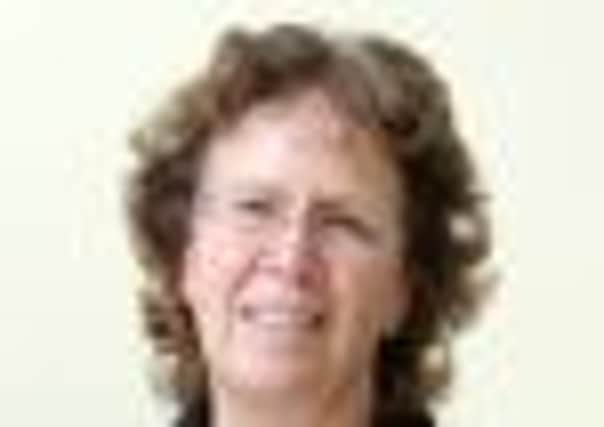Marking scandal hits 2,000 pupils in Yorkshire


Figures from councils across Yorkshire show schools have identified around 2,000 pupils who they believe would have got a C grade if exam boards had not shifted the grade boundaries during the year between January and June. This includes about 400 in North Yorkshire, 370 in Leeds, about 250 in Doncaster and 217 in Bradford.
The fiasco has also left at least 12 schools vulnerable after they were pushed below the Government benchmark of 40 per cent of pupils achieving five A* to C grades including English and maths, according to data obtained by the Yorkshire Post. This includes two schools in Barnsley, two in Bradford, two in Leeds and others in Doncaster, the East Riding, North East Lincolnshire, Sheffield and Wakefield.
Advertisement
Hide AdAdvertisement
Hide AdSchools below this floor target could be at increased risk of Government intervention.
Headteachers in the region say it is unfair to measure school performance using this summer’s GCSE results which are subject to a national legal challenge to be heard next month.
Councillor Judith Blake, Leeds City Council’s executive member for children’s services, warned that the secondary school league tables due to be published in January would have no credibility.
There is also concern over the way the Government has increased the minimum standards expected of schools while exam regulator Ofqual has been accused of taking steps to prevent grades improving.
Advertisement
Hide AdAdvertisement
Hide AdThe minimum benchmark for the number of pupils achieving five good GCSEs including English and maths has increased from 35 to 40 per cent.
However, campaigners say Ofqual’s policy of comparable outcomes designed to stop grade inflation means it is impossible for all schools to achieve this because the regulator would not allow major increases in grades.
Andrew Chubb, principal of Archbishop Sentamu Academy in Hull, said: “It seems unfair to raise the floor targets while the number of schools that can achieve these grades is decided by some pre-determined calculation.”
Mr Chubb, whose school has seen its GCSE success rates double to more than 60 per cent achieving the five A* to C figure in the space of four years, said it would be ludicrous to suggest this was down to grade inflation.
Advertisement
Hide AdAdvertisement
Hide AdHe said GCSE floor targets could be raised but exams should be “criterion referenced”, meaning grades are based only on the detail of pupils’ answers with no other controls over how many students were able to achieve an A, B or C.
There was an outcry after this summer’s GCSE results were announced when it emerged grade boundaries had been moved, meaning the same standard of work would receive two different grades depending on whether it was assessed in January or June.
A national legal campaign was mounted involving 11 councils and 23 schools from Yorkshire calling for a judicial review to get the GCSEs remarked based on the January grade boundaries.
Correspondence emerged which showed that Ofqual had pressurised exam board Edexcel to alter its GCSE English grade boundaries over concerns there was likely to be a rise in C grades of around eight per cent.
Ofqual released a report this month which laid the blame for the debacle on intense pressure on schools to reach certain targets, which led to over-marking, as well as poorly designed exams.